Using your own washer and dryer is obviously easier than lugging your clothing to the laundromat. But before your washer and dryer stop working like they should, avoid these 7 bad habits to help maintain these essential appliances and keep them from washing out.
1. Leaving the washer and dryer unleveled
Every cycle these machines go through involves a spinning drum, which needs balance in order to stay in the proper rotation. If the movement causes the appliance to tilt, you can expect it to tilt back, and then you’ve got a dancing machine which could cause damage to itself and other items around it. Unlevel washer and dryer sets are also working harder than they need to be, causing extra wear and tear to them over time.
Use a bubble level on your washer and dryer to determine its current angle, and either tighten or loosen the feet individually to achieve perfect balance across all four sides. This may be easier with two people; one to adjust the appliance feet while the other watches the level and lifts the machine corners as needed.
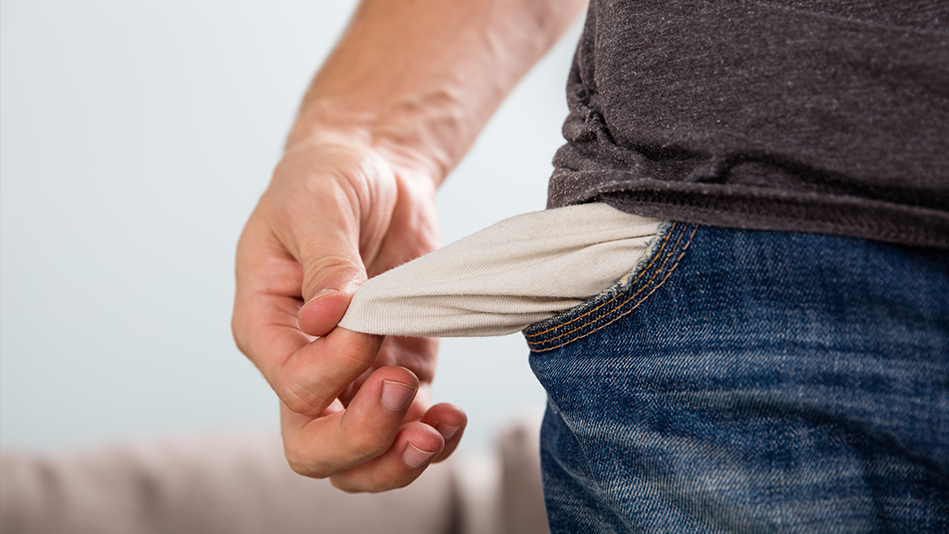
2. Ignoring clothing pockets
It happens to all of us—we go to empty the machine and hear the clunk of change or other items we left in our pockets. The problem is, they don’t always go ‘clunk’: Sometimes they get stuck in unfortunate places, leading to “SQUEEE” or “GRINNNDD.” This can cause damage to the drum, damaged clothing, blockages, and leaks. If you have a front-load washer or dryer, an errant coin could even break the glass.
To avoid these possibilities, empty your pockets every time you do the laundry. Whether it’s keys, coins, pens, paperclips, or worse—the safest bet is to keep them out of your washer and dryer.
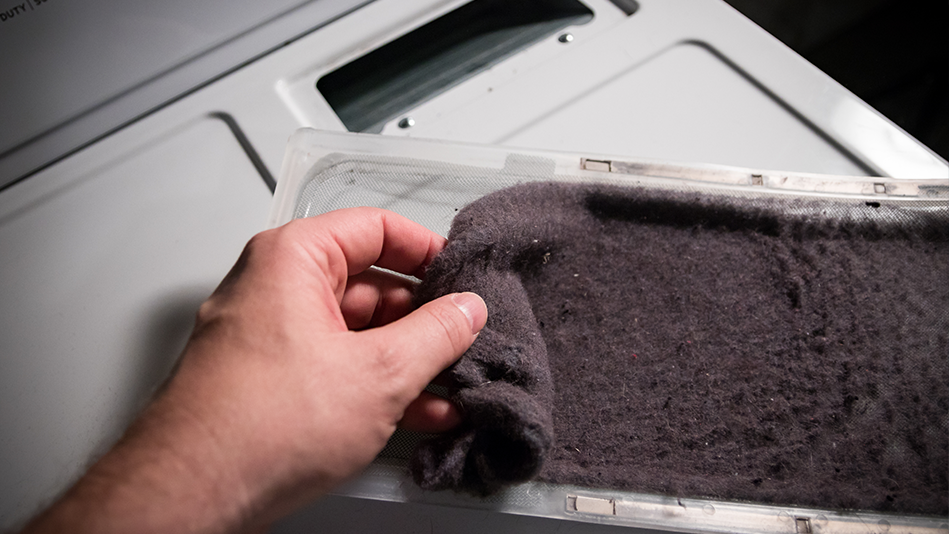
3. Assuming the washer and dryer stay clean
Detergents, softeners, and dryer sheets leave a residue on the insides of your machines, which can build up over time. In your washing machine, this can prevent your clothing from getting truly clean, and lead to early wear and tear on the unit. In your dryer, residue can build up on the lint trap and heat sensors, both of which create a potential fire hazard.
The good news is that periodic cleaning of your washer and dryer set is pretty straightforward. These washing machine maintenance tips and dryer maintenance tips will help to keep your units pristine.
Pro tips
- After emptying the lint trap, close the dryer door to prevent house pets or children from crawling inside.
- Leave front-loading washers open after each load, to allow it to air dry and prevent mildew. You can purchase locks to restrict this opening and prevent access.
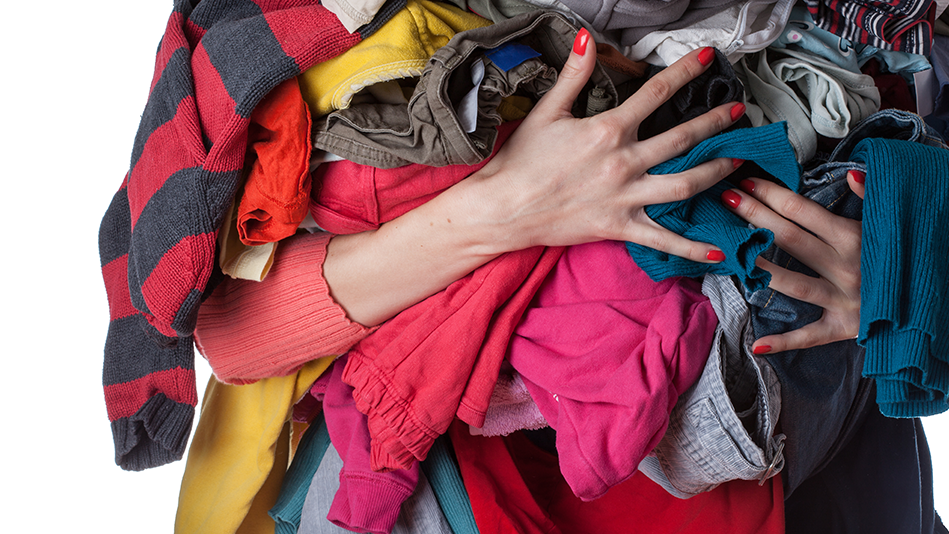
4. Oversized or unlevel laundry loads
Who hasn’t been tempted to create fewer loads of laundry by overstuffing the machine? Or to just toss in that one dirty towel with the sheets? Unfortunately, both scenarios can be bad news for your appliances.
Oversized laundry loads
Overstuffing the washing machine leads to several problems. First, it’s pretty much impossible to get all of the clothing truly clean, because there’s no room for them to tumble properly throughout the cycle. More importantly, the sheer weight of all that clothing causes extra wear and tear on the washer’s internal workings, leading to early breakdowns and a potential hit to your wallet for repair or replacement.
Overstuffing the dryer can make it less likely for all the clothing to dry in one cycle, and cause extra wear and tear to the machine. But worse than that, if the heat sensor can’t tell if the clothing in the middle is dry, it may keep increasing the heat—which could easily lead to a dryer fire.
Unlevel laundry loads
Have you ever heard a washer or dryer with an unlevel load? It tends to dance around. This is why it’s important to only wash similarly weighted items together. For example, wash sheets together, or towels together, but don’t wash sheets and one towel together. When the towel gets weighed down with water, it will become much heavier than the sheets, and can throw the cycle off balance as it spins.
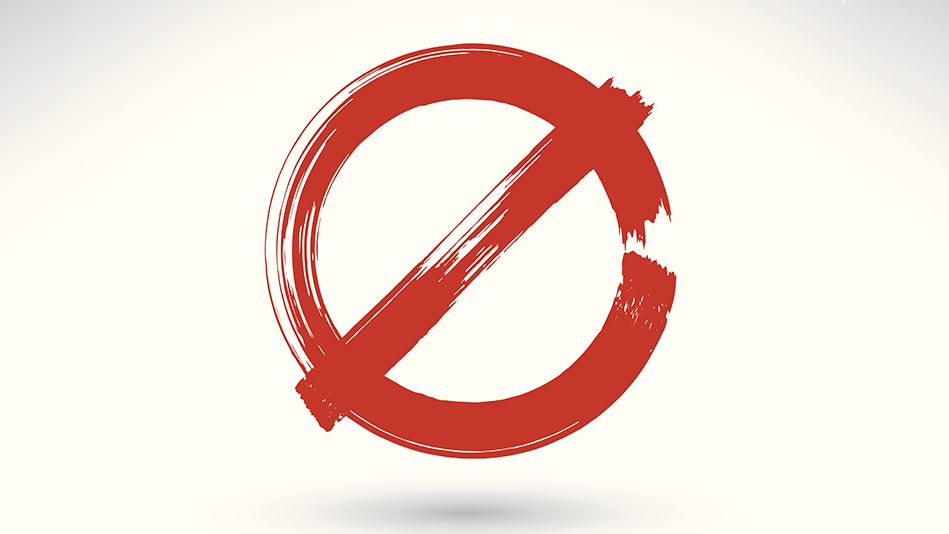
5. Cleaning the wrong items
It may seem like you can toss any old thing into your washer and dryer, but some items can be damaging for your appliances.
- Lingerie: Underwires or hooks can catch on things or get stuck in holes or vents. These should be washed inside a mesh bag and then air-dried.
- Toys/purses: While some toys may be safe to wash, it’s a bad idea to put either toys or purses into your dryer. Toys run the risk of melting and destroying your unit, and purses are often made of materials that will disintegrate when exposed to high heat and tumbling.
- Wigs: Wig hair can get caught in your washer’s drain and become a potential fire hazard in the dryer.
- Items with flammable stains: That oil stain may look harmless, but even after a run through the washer, the heat and friction from the dryer could cause it to catch fire.
- Sandy towels/beach wear: After a fun day at the beach, let the towels and bathing suits air dry completely and shake ALL the sand out before putting them into the washer, as sand can cause clogs and additional wear to your machine.
- Bathmats: While some bathmats can go through a wash load (read the cleaning instructions on the tag), very few can survive a trip through the dryer. Bathmats with rubber backs can crumble in the heat, get caught in vents, and potentially catch fire.
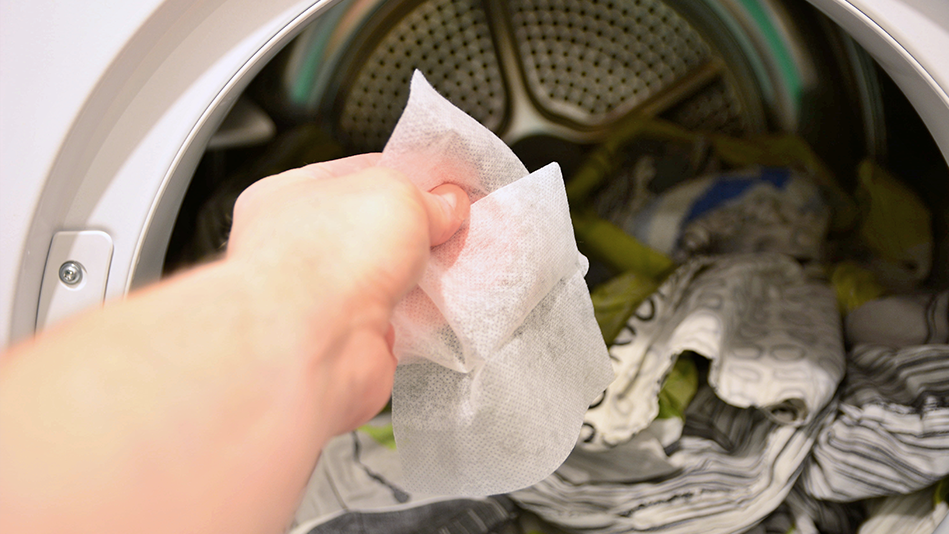
6. Losing count of dryer sheets
As mentioned above, dryer sheets can leave a residue on your dryer over time, leading to clogged lint catchers and sensors. While one dryer sheet per load will be fine for a while, using two or more per load will increase the accrual rate of that residue, and the danger of a dryer fire.
Another problem is that dryer sheets can sometimes get past the lint trap and end up inside the chute, creating a whole different fire hazard by preventing heat from escaping like it needs to. This is why it’s important to keep track of how many dryer sheets you use and ensure they are all accounted for and disposed of after each load.
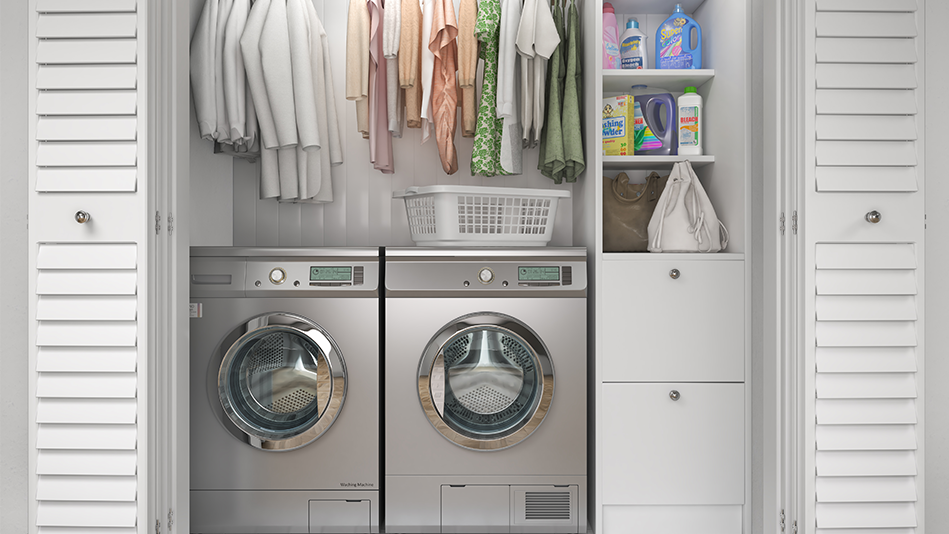
7. Crowding small spaces
In many homes, the washer and dryer set stands in a space the size of a closet. While this may seem convenient, it can prevent proper air circulation around the machines, which can cause them to overheat and create a fire hazard, especially with older units. If this is your setup, be mindful of the cycles, and try to avoid running loads when you plan to leave your home to be safe.
Another issue with squeezing both appliances into a small space is the potential for overloaded outlets. If both your washer and dryer are using the same outlet, you may want to avoid running both at the same time. Also, never plug a major appliance into an extension cord or power strip, as neither is designed to handle the required power load of a washer or dryer.
With these tips in mind, we hope you can enjoy the convenience of your washer and dryer for years to come!
Visit us on Facebook, LinkedIn, Twitter or Instagram to tell us your thoughts!
